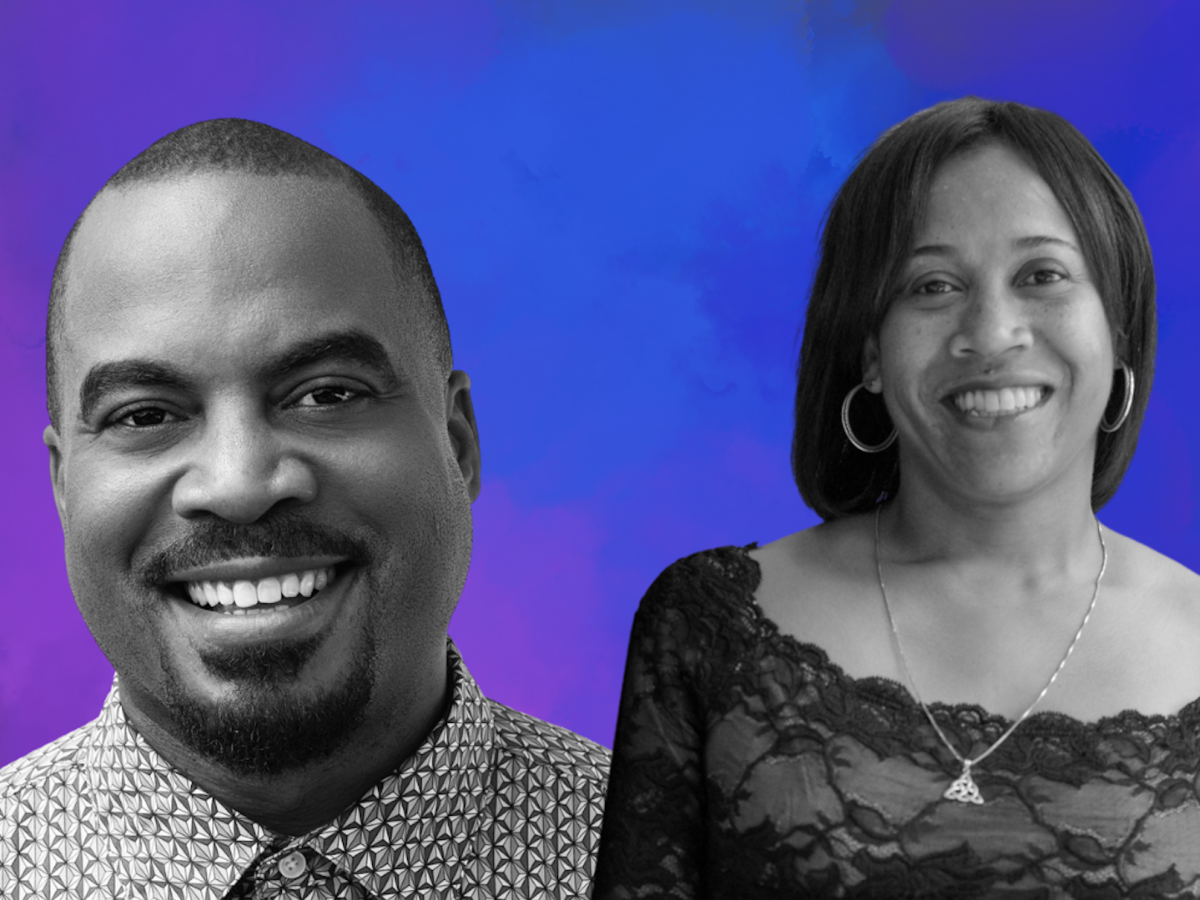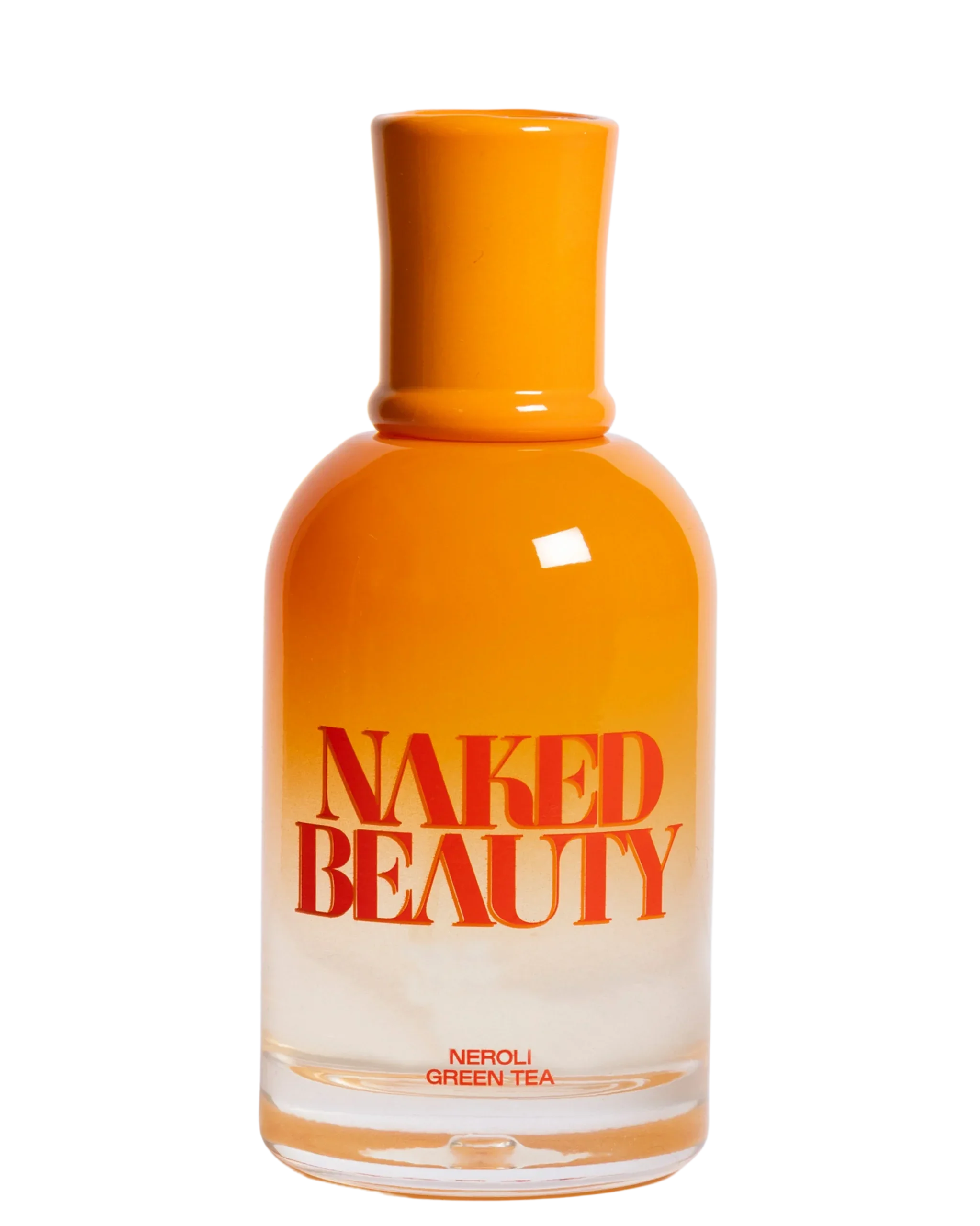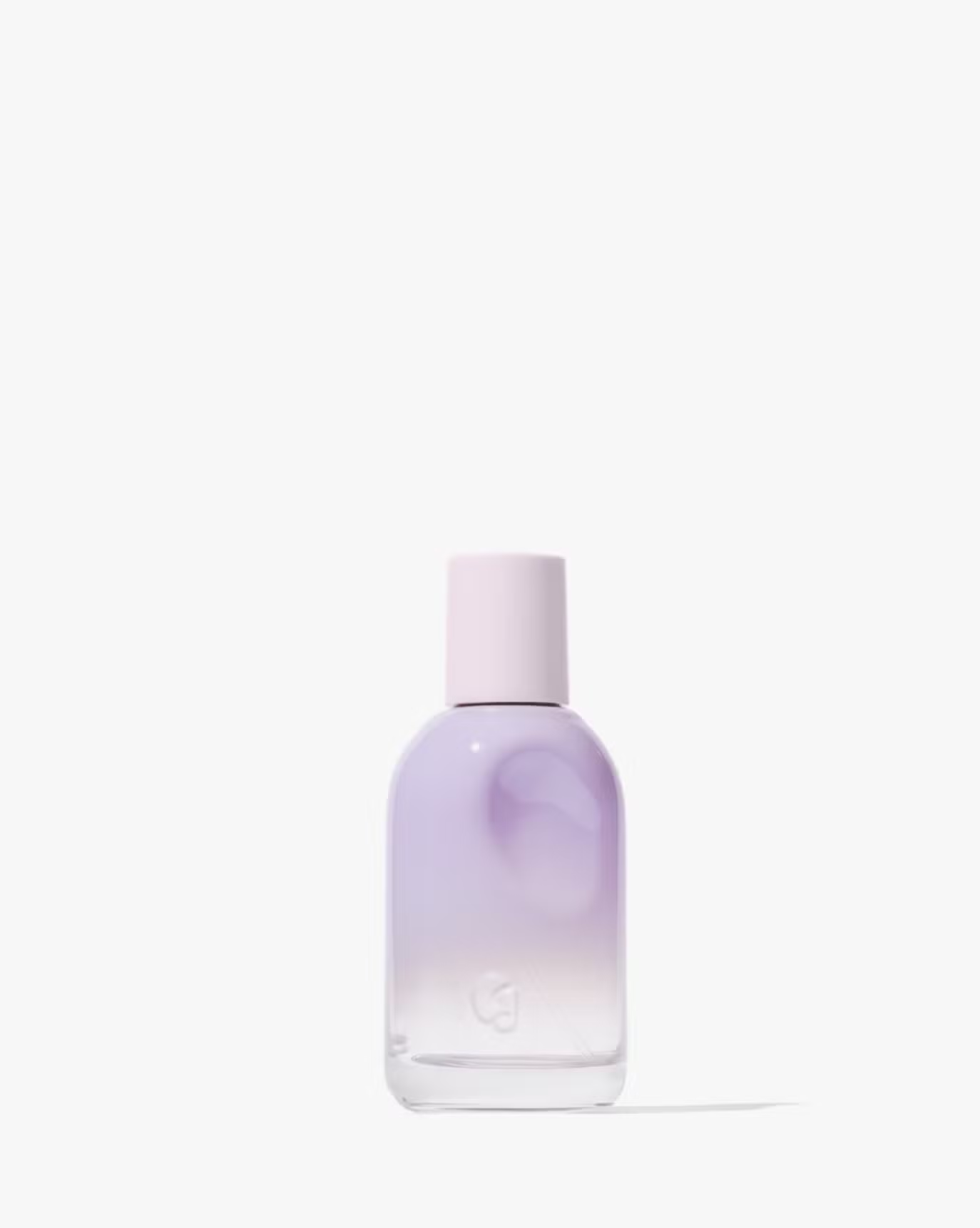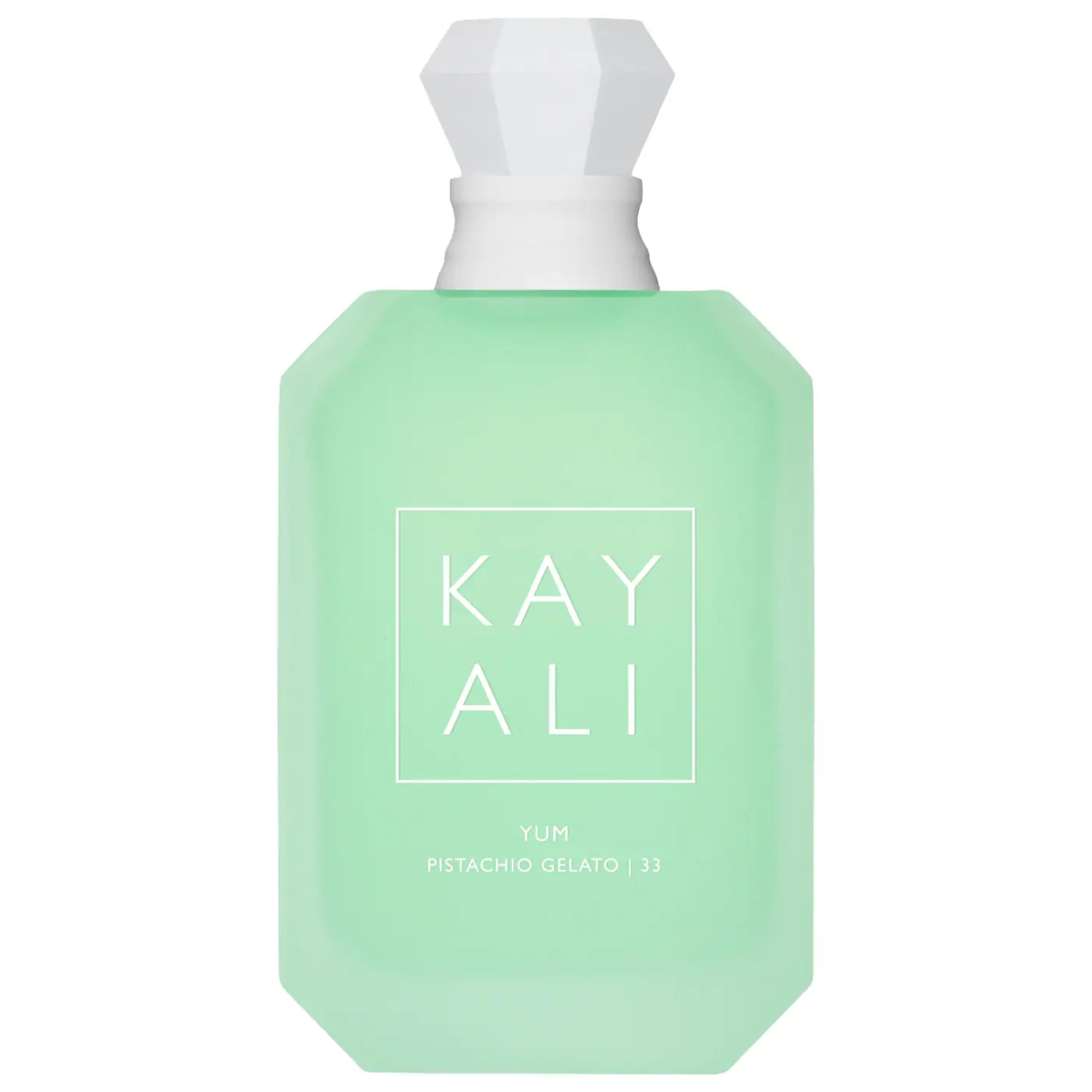
Once considered a status marker for high net worth individuals, collecting fine art has gone mainstream.
This week, over 60,000 people will flock to Miami Beach for Art Basel to view works by leading artists and immerse themselves in art culture. With A-listers like Cardi B, Offset, and Travis Scott set to perform, the event—considered one of the leading global platforms for art—is one of the year’s hottest tickets.
Like most trends that have a chokehold on the culture, Black creatives are leading the revolution that’s shaking up the art world.
Art by Black artists like Julie Mehretu, Mark Bradford, and Amy Sherald are commanding multi-million dollar price tags. Additionally, acclaimed works by Basquiat have sold for upwards of $100 million and Kerry James Marshall for nearly $18.5 million at contemporary auctions in recent years.
Despite the undeniable value of Black artistry on the frontlines of the fine arts industry, African Americans occupy only 4% of museum curator roles. People of color hold only 20% of intellectual leadership positions at art museums.
Further, premier auction houses Sotheby’s and Christie’s have committed to increasing focus on diversity and racial equity in recent years. However, neither firm has moved the needle on representation of Black employees in their firms.
Siblings Izegbe and Jumaane N’Namdi are addressing the glaring shortage of Black executives in the fine art industry by breaking down barriers of entry for African American collectors, investors, and professionals in the business.
With unique upbringings steeped in art culture, Izegbe and Jumaane learned the intricacies of the industry by observing their father, Detroit-based gallerist George N’Namdi, who launched his family-based G.R. N’Namdi Gallery in 1982 with locations in Detroit, Chicago, and New York. The two have since gone on to achieve their own careers in fine arts. Izegbe as director of the N’Namdi Center for Contemporary Art in Detroit, and Jumaane, owner and director at the N’Namdi Contemporary Gallery in Miami. With their background, the two are well equipped to create the change they want to see in the art world.
ESSENCE spoke with the second generation art professionals who shared advice for beginners who are interested in investing in fine arts or building careers in the long-gate-kept industry. They encourage newcomers to keep an eye toward the bigger picture – supporting Black artists and preserving Black art culture.
How to Invest in Art
“I bought some artwork for 1 million / 2 years later, that s**t worth 2 million / Few years later, that s**t worth 8-million / I can’t wait to give this s**t to my children.” -Jay-Z
With these four bars from The Story of O.J., disciples of the billionaire rapper rushed the internet to research how to get into the art investing game. Unfortunately, for the novice, the world of collecting, trading, and investing in art is shrouded in mystery and elitism. Navigating the jungle of galleries, dealers, and which pieces are worth investing in is a difficult, if not impossible, task for would-be investors unfamiliar with the art world.
For first time buyers and budding collectors, Jumaane offers the following beginner’s guide:
Get to know your local galleries.
Art galleries offer potential buyers a chance to see a wide variety of pieces in one setting. Gallerists typically serve as a direct conduit between artist and consumer so you can be confident you’re buying quality, authentic pieces.
Jumaane says, before making an investment, buyers should spend lots of time exploring.
“Get to know your local galleries. Visit galleries when you travel. If you see a gallery on Instagram, reach out. Ask about the art that appeals to you, ask about the artist, inquire about pricing—make yourself aware. The more aware you become of what’s out there, the more you develop as a connoisseur,” he said.
Find the art you love.
Barack and Michelle Obama, Angela Bassett and Courtney Vance and Beyoncé and Jay-Z—these are just some of the high profile couples who have made public their obsession with art collecting. While a nod from influential collectors can send an artist’s portfolio soaring, Jumaane encourages first-time art buyers not to get too hung up on what’s considered hot in the mainstream
He advises investors to, first and foremost, buy the art they love by artists that move them. “You want to buy art because you like the way it looks in your home. Because it makes you feel something,” he said.
From a broader perspective, Jumaane views the collecting and keeping of art by African American artists as a matter of social and cultural importance for Black American buyers.
“You’re buying their art to preserve our culture, to grow in the arts, to support Black artists, to nurture the ecosystem,” he said.
Research the artists.
When evaluating whether to invest in a piece of artwork, buyers should consider the artist’s resume and the demand from art collectors for the artist’s work to determine potential market value.
“Find out what exhibitions the artist has been in. Look at a variety of their works. You want to invest in an artist who has some kind of consistency,” Jumaane said.
“Consider their originality. Is their work derivative, or is the work they’re doing innovative? There isn’t necessarily a wrong answer, because artists are always growing, but you want to pay the amount of money that’s consistent with what they’re producing.”
Be in it for the long haul.
Fine art doesn’t appreciate overnight; it’s a long-term, sometimes generational investment. Jumaane warns against approaching art investment like Wall Street stocks.
“There’s no quick flip. No get rich quick. Art is a unique asset. You’re not going to win until you understand the importance of owning art. Ownership—that’s the investment, that’s where the wealth lies,” he said. “The only way you can really get into the business is by actually buying art that you want to live with.”
Jumaane is optimistic about the surge of interest in buying and collecting art by Black American artists, but he balances that optimism with a clear eyed view on the current state of Black art.
“The number of African American galleries has decreased. The access of art to African American collectors has decreased. Our art is being commercialized and commodified at the expense of our culture,” he said.
He is hopeful that newcomers looking to invest and build collections will help to reverse this course.
Building a Career in the Arts
The global art market, which includes high-value sculpture and paintings, is a $65.1 billion industry employing professionals at every level, including directors, gallerists, curators, and investors. As a second generation gallerist, Izegbe has touched every role.
Her interest lies in exposing others to careers in the arts. To that end, Izegbe has outlined a threefold mission for Detroit’s N’Namdi Center for Contemporary Art. “The goal is to ensure that the vision of my family’s legacy is preserved and continues to serve as a vehicle for educating the community and collectors while securing the heritage of African Americans in Detroit and beyond,” she said.
The gallery’s non-profit arm includes programming for Detroit residents to access curriculum and engage in workshops and classes.
For those interested in pursuing careers in the fine arts business, Izegbe offers the following career paths:
Museum or Gallery Director.
Less than 2% of exhibitions in America’s top museums feature work by African-American artists. 85.4% of works in the major US museums belong to white artists. Not at all surprising considering the demographics of the decision-makers occupying executive roles in the fine arts business.
Directors determine what is shown in a museum or gallery. They are essentially the CEO of the operation, responsible for everything under the roof, including the venue’s profitability, day-to-day operations, long-term planning, and exhibitions.
Fine art directors typically require a Master’s or Ph.D. in museum studies. The most relevant advanced degrees for the role are public administration, archeology, and public history. However, like most industries, it’s possible to work your way up. Professionals with equivalent gallery or museum management experience sometimes advance to director roles sans the advanced degree.
Exhibit Designer.
Anyone who’s ever been wowed by a museum or gallery exhibit has experienced the impact of an effective presentation. Whether grand or understated, how art is arranged in space is sometimes just as important as the art itself. The exhibit designer is responsible for that visual interpretation.
Most exhibit designers hold bachelor’s in the arts. Graphic design, architecture, interior design, or visual communication are common degrees for this role.
Art Curator
A museum or gallery curator manages art collections. Day-to-day tasks include monitoring the transport of valuable artifacts and ensuring their safekeeping, documenting inventory, and thoroughly researching collections.
Most museum curator roles require advanced degrees in art history, archeology, or museum studies. Curator roles at small to midsize galleries are often more flexible; a bachelor’s in fine arts or business administration may get you in the door.
“I actually prefer someone who doesn’t have art experience. We can teach that. But work ethic and organizational skills are what I look to hire,” Izegbe said.
No matter the role, Izegbe says she’s heartened to see swelling interests in the industry and hopes for an increase of Black decision-makers behind the scenes at galleries and museums.
“The more we have African Americans participating in the art business, the more we can break away from the traditional Westernized perceptions of African Art,” she said.







Izegbe and Jumaane relish the opportunity to use their platforms and their deep knowledge of the art world to educate and open doors for people who look like them.
“A hundred something years from now, you’ll know our culture because of the art we produced. They can rewrite history, manipulate the texts, but art will serve as our hieroglyphics. The art will preserve our culture. You can’t put a monetary value on that,” Jumaane said.






